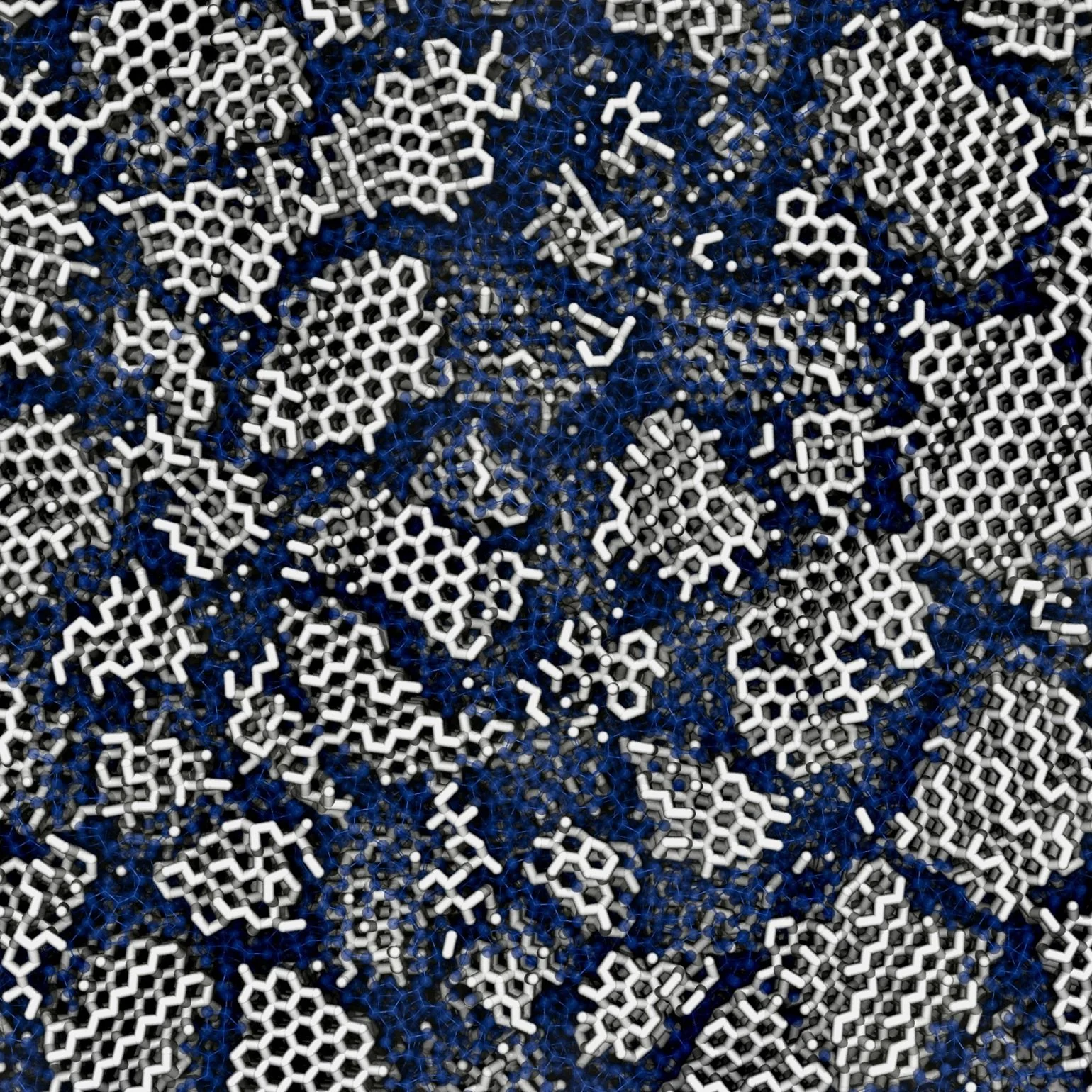One of the downsides of Solar panels (on Earth) is that they can only generate energy during the day. However, an Australian-based research team is working on a solution to this problem.
As of yet, the yield is still minuscule, but the first steps towards viable 'nighttime' solar power have been made.
Image Credit: Nuttawut Uttamaharad via Shutterstock / HDR tune by Universal-Sci
So how can one utilize solar power during the night? By means of a special semiconductor device known as a thermoradiative diode (made with some of the same materials found in night-vision goggles), the team was able to produce power derived from infrared light emitted by the Earth as it radiated heat that was absorbed from the sun during the day.
As of right now, the device is only capable of generating a minuscule fraction of the power generated by a conventional solar panel during the day. However, the scientists think yield can be enhanced in the future.
An interesting comparison can be made with the first solar cell produced in the early 1950s, which had an efficiency of approximately 2%, a number far less than the 23% that modern-day solar panels can reach.
The main goal of the team was to demonstrate that it is possible to generate power with a thermoradiative diode by taking advantage of the energy that the Earth receives from the sun during the day, which gets radiated out into space during the night.
Lead scientist, Professor Ned Ekins-Daukes: "Using thermal imaging cameras, you can see how much radiation there is at night, but just in the infrared rather than the visible wavelengths. What we have done is make a device that can generate electrical power from the emission of infrared thermal radiation."
Heat radiating from the Earth at night in Australia as seen with a thermal imaging camera. (Image Credit: UNSW)
Whenever there is a flow of energy, it can be converted between different forms. Dr. Phoebe Pearce (one of the co-authors of the study) explains that in a manner similar to the way that solar cells can create electricity by absorbing sunlight, the thermoradiatve diode creates electricity by emitting infrared light into a colder environment. The temperature difference is what allows us to create energy in both circumstances.
The goal of the new technology is to eventually match a tenth of the power capacities of a solar panel with these 'nighttime panels.'
The researchers published their findings in the peer-reviewed journal ACS Photonics listed below. Be sure to check it out if you are interested in more details.
Thermoradiative Power Conversion from HgCdTe Photodiodes and Their Current–Voltage Characteristics (ACS Photonics)
Why solar energy can be a more effective way to power a mission on the surface of Mars than nuclear (Universal-Sci)
A remarkable solar-driven system allows for agriculture in the desert by drawing in water from the air (Universal-Sci)
Scientists developed a waterless, no-contact method to clean solar panels (Universal-Sci)
If you enjoy our selection of content consider subscribing to our newsletter (Universal-Sci Weekly)
FEATURED ARTICLES:








